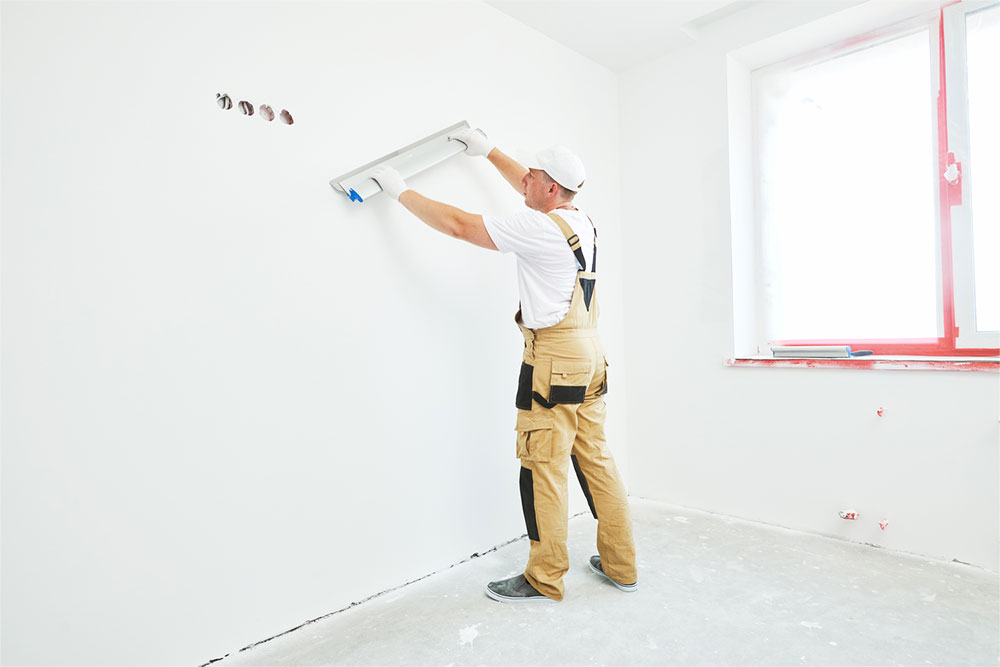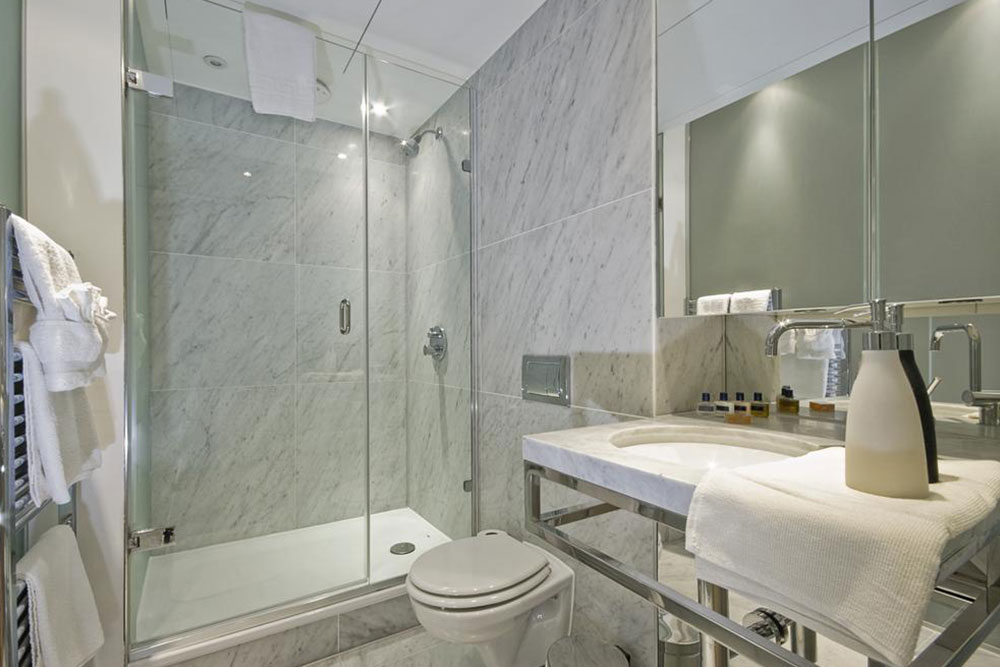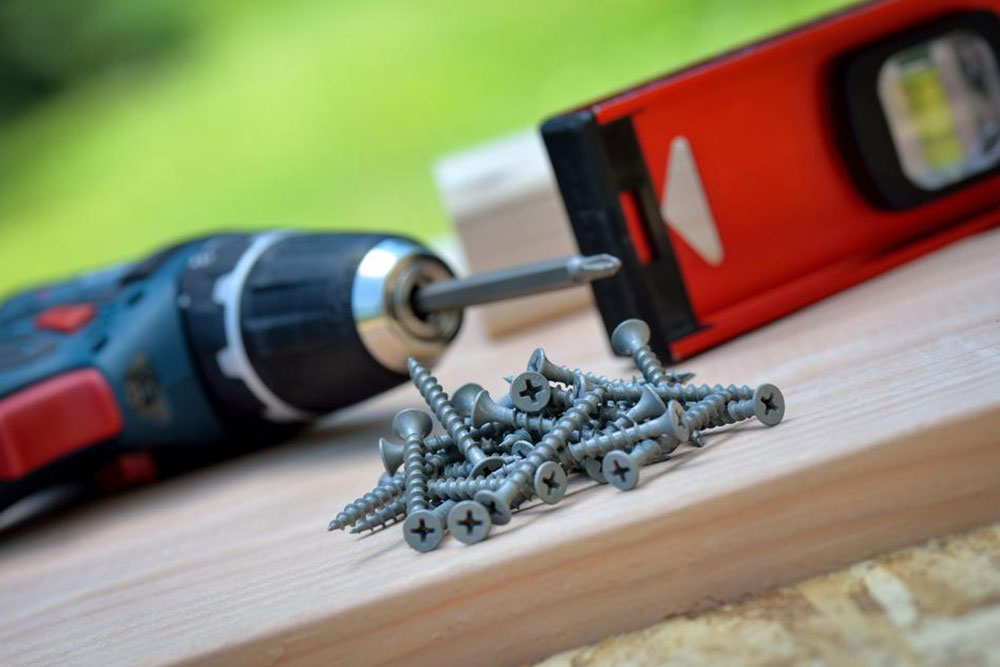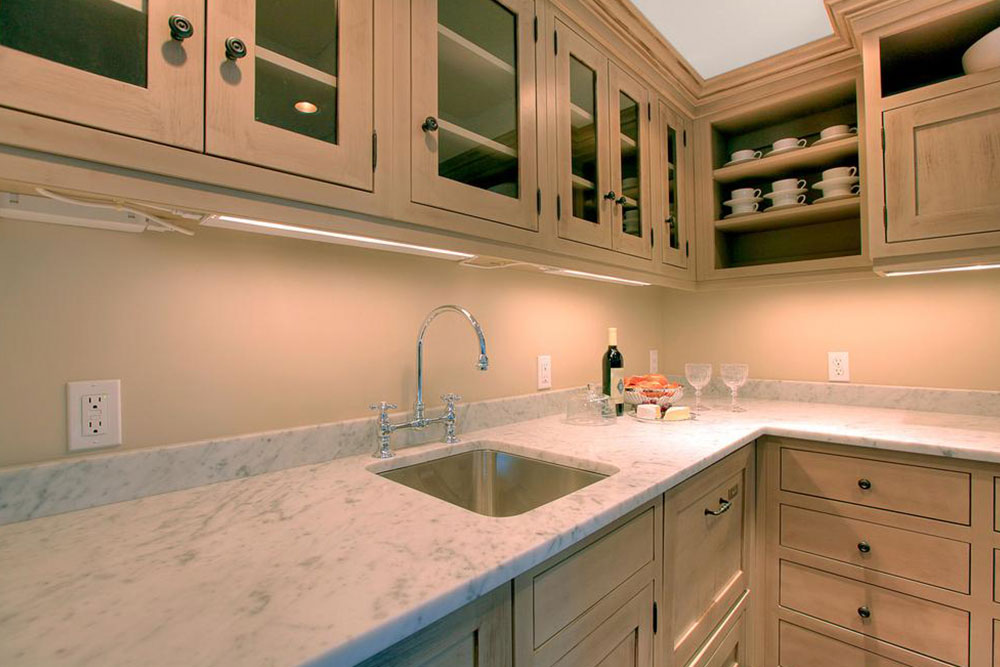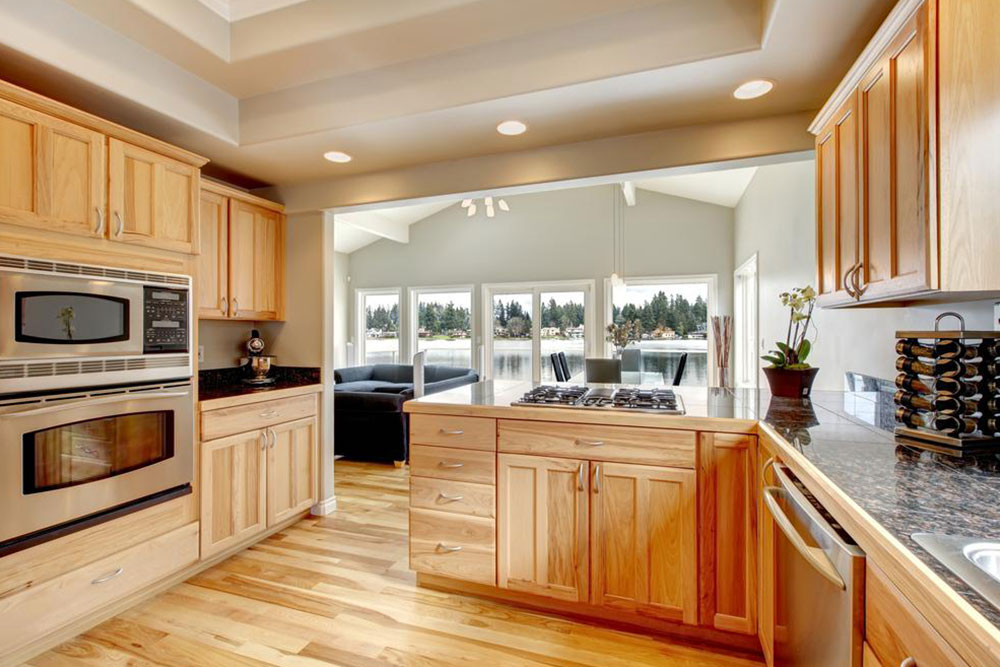Comprehensive Exterior House Painting Guide: Essential Tips for a Perfect Finish
Enhance your home's curb appeal with our comprehensive exterior house painting guide. Learn about costs, timing, preparation, and choosing the right materials. Discover expert tips for a durable, beautiful finish whether you DIY or hire professionals. Protect your investment and transform your home’s exterior effectively and affordably.
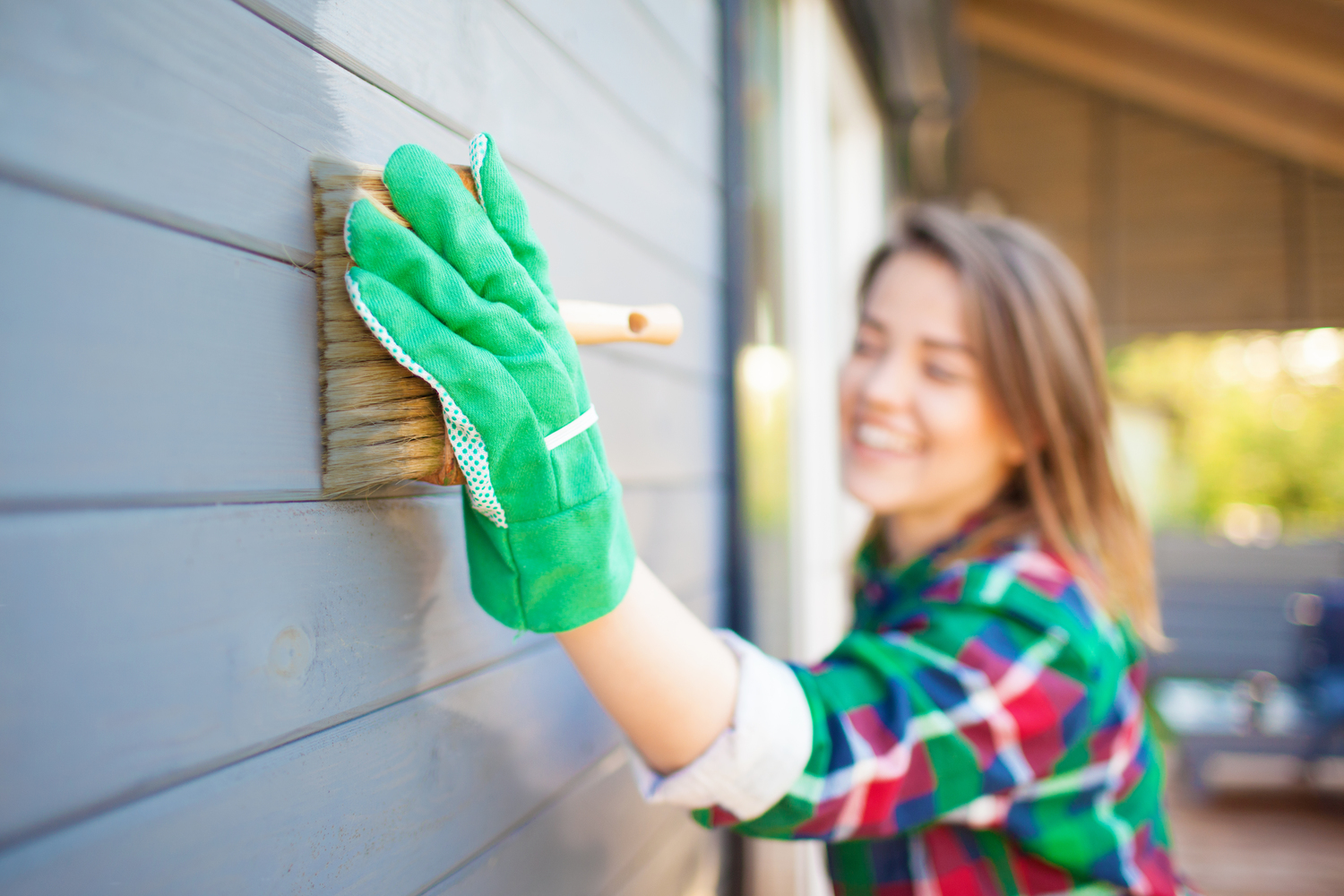
Comprehensive Exterior House Painting Guide: Essential Tips for a Perfect Finish
The exterior appearance of your home significantly influences first impressions, curb appeal, and overall property value. Regular maintenance, including painting, not only beautifies your house but also provides an essential protective barrier against weather elements such as rain, sun exposure, wind, and temperature fluctuations. Whether you’re undertaking this project yourself or hiring professional painters, understanding the intricacies, costs, and best practices is vital for achieving long-lasting, stunning results.
In this comprehensive guide, we’ll delve into all aspects of exterior house painting—from planning and choosing materials to budgeting and execution. With detailed insights, actionable tips, and considerations, this article will help homeowners make informed decisions to enhance their property’s exterior appearance while ensuring durability and cost-effectiveness.
Estimating the Cost of Exterior House Painting
One of the most common questions homeowners face is: How much will it cost to paint the outside of my house? Costs can vary widely depending on the size of your property, the complexity of the architecture, the quality of materials used, and whether you opt for professional services or a DIY approach.Here’s an approximate breakdown of costs involved in professional exterior painting projects based on the size and scope:
500 sq ft: $1,000 - $1,500
One-story, 1,000 sq ft home: $1,000 - $3,000
Two-story, 2,500 sq ft: $3,000 - $5,000
Three- to four-story, 4,000 sq ft property: $4,000 - $7,000
It’s important to note these are ballpark figures; actual prices can fluctuate due to regional differences, paint quality, and specific project requirements. Also, labor costs, surface prep, and number of coats needed influence overall expenses. When budgeting, always request detailed quotes from reputable contractors to compare options and avoid surprises.
Critical Factors to Consider Before Painting Your Home’s Exterior
With a clear understanding of cost estimates, the next step is to assess various factors that impact the quality, durability, and aesthetic appeal of your exterior paint job. Preparing thoroughly ensures a successful project that lasts for years and enhances your property’s value.
Optimal Timing for Exterior Painting
Weather plays a crucial role in exterior painting success. Ideally, plan your project during mild, dry seasons—spring or early summer are often best. Avoid rainy, humid, or excessively hot days, as these conditions can cause paint to dry improperly, leading to issues like peeling and bubbling. Cold temperatures can also hinder proper curing of paint, so check local climate guidelines when scheduling your work.
Surface Preparation
A clean, smooth surface is essential for quality adhesion. This involves removing dirt, grease, and loose paint through washing and scraping. Sanding rough edges and peeling paint ensures a uniform surface, which results in a more even, durable finish. Proper prep work may take time but significantly extends the lifespan of your paintwork.
DIY vs. Hiring Professionals
Assess the scope of your project. Small, simple jobs like touch-ups or single-wall painting may be manageable DIY tasks, saving money. However, larger or complex homes with multiple stories, intricate trims, or difficult-to-reach areas usually benefit from professional contractors who have the expertise, proper equipment, and safety measures in place. Professional painters also ensure consistent application and better surface preparation, which results in a higher-quality finish.
Color and Finish Selection
Choosing the right color is more than aesthetic—consider how different hues can enhance your home’s architecture and surroundings. Weather-resistant paints in favorable colors can extend durability and reduce maintenance. Glossy, semi-gloss, or matte finishes offer different aesthetic effects and protection levels. Consulting color experts or professionals can help you make the best choice to match your home’s style and climate conditions.
Application Techniques and Tools
The method of applying paint impacts the quality of your finish. Brushes are ideal for trimming and small areas, rollers provide smooth coverage for large, flat surfaces, and sprayers are excellent for quick, even coats on large facades. Each method has its pros and cons; selecting the appropriate technique depends on your project scope, surface texture, and personal skill level.
High-Quality Materials for Longevity
Investing in premium, 100% acrylic latex paints enhances durability and resists weathering, fading, and mildew. Using compatible primers and caulking to seal gaps and imperfections promotes better adhesion and prevents moisture intrusion. While high-quality materials may cost more upfront, they save money in the long run by reducing the need for frequent repainting and repairs.
Health and Safety Considerations: Lead-Based Paints
Most modern exterior paints are lead-free and environmentally friendly. However, if your home was painted before the 1970s, there's a possibility of lead-based paint presence. In such cases, hiring professionals with proper safety measures and disposal procedures is crucial to prevent health risks, especially for children and pregnant women.
Applying Multiple Coats for Best Results
Applying at least two coats of paint, particularly after priming, ensures even coverage, richer color, and increased durability. Allow sufficient drying time between coats as recommended by the manufacturer to achieve optimal adhesion and longevity.
Protect Surrounding Landscape and Fixtures
Cover plants, patios, and walkways with plastic sheeting or drop cloths to prevent accidental paint splashes. Masking tape around windows, doors, and trim ensures sharp lines and minimizes cleanup work post-project.
Selecting Reliable Painting Contractors
When hiring professionals, obtain bids from multiple reputable companies. Ask for references, review online reviews, and check their insurance coverage. A licensed and insured contractor provides peace of mind and ensures your project complies with safety standards and quality expectations.
Cost-Saving Tips and Maintenance Strategies
Compare quotes carefully, negotiate clear contracts, and consider doing some prep work yourself. Regular inspections and touch-ups can prevent costly repairs later. Repainting early, when signs of peeling or fading appear, is more effective and affordable than waiting for damage to worsen.
In conclusion, the decision to paint your home’s exterior involves careful planning, budgeting, and execution. Whether opting for a DIY approach or hiring professionals, understanding each step ensures a beautiful, resilient finish that boosts curb appeal and protects your investment for years to come. Properly executed, exterior painting can transform your home's look, increase property value, and provide lasting protection against environmental elements.
